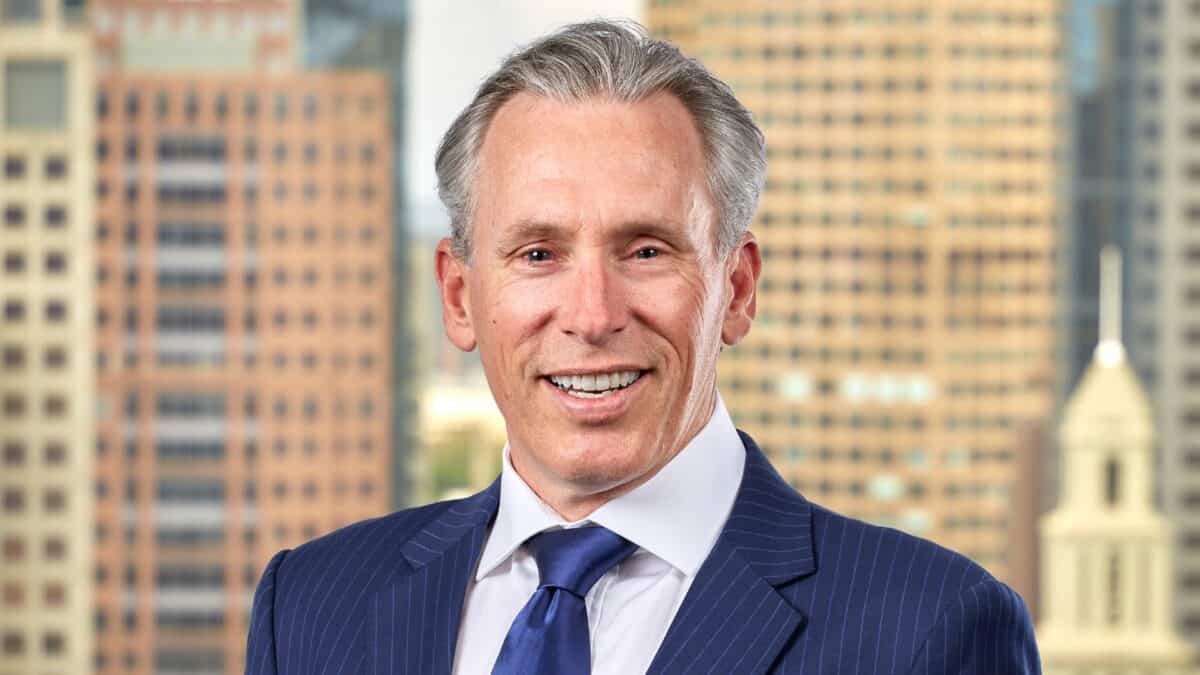Ask A Fund Manager
The Motley Fool chats with the best in the industry so that you can get an insight into how the professionals think. In this edition, Chester Asset Management portfolio manager Rob Tucker explains how his fund has outperformed over more than six years.
Investment style
The Motley Fool: How would you describe your fund to a potential client?
Rob Tucker: My name's Rob Tucker. Anthony Kavanagh, Luke Howard, and myself founded Chester in 2017.
We've been working together for 10 years. The strategy that we're running had 3.5 years at a previous firm, and six years at Chester, so it's now 9.5 years old. We run a 25 to 40 stock high-conviction Australian equities fund — on average 35 stocks.
Over that 9.5 years, we've beaten the market by 7% per annum every year. We've done 15.1% per annum and the market's done 8.1% per annum.
We have done that by being very benchmark unaware, and breaking the market into what we call three buckets. 60% to 65% of the fund is in the predictable bucket, which is allocating to sectors such as healthcare, consumer staples, infrastructure, or telcos, where the cash flows are predictable. Then we have to own some cyclicals, energy, or commodities, but they are volatile.
Then what we do differently is have an exposure to cash and gold.
Gold equities are the least correlated [to] every other S&P/ASX 300 (INDEXASX: XKO) sector. [Over] 5, 10, 15, or 25 years, that tends to be the case. What gold tends to do is act as a ballast or a hedge, so when the market is inherently volatile, gold and gold equities tend to hold up better.
With that framework — predictables, cyclicals, and some defensives, as we call them, gold and cash — the fund has been run with far lower volatility than the ASX 300.
We're very focused on the drawdown, meaning the best way to compound returns over a 10-year timeframe is to minimise the drawdown to your fund when the market is negative. In that context, we have outperformed the market 82% of the time when the market is negative.
That's really what we sell: alpha generation through stock picking with lower volatility.
MF: Sounds good. You're getting better returns than the market and with lower volatility. It's the dream double.
RT: That's what you pay an active manager — to generate superior returns. But yeah, absolutely I think the focus on minimising drawdowns is a key part of our framework.
Broadly, if you want to label our fund, we would call ourselves growth at a reasonable price (GARP). But very focused on the "reasonable price" aspect of that.
And we are a mid-cap buyer's fund. We don't hold many stocks in the top 20, because I think over a 10-year time frame, we tend to find better ideas over the small and mid-caps, as they mature. That's a sometimes more volatile part of the market, but certainly a more capital growth aspect to the fund.
MF: Where do you think the market is heading?
RT: I always get slightly reluctant to crystal ball gaze, because it's impossible. Because crystal ball gazing depends on what monetary policy does and what interest rates expectations do, which is a function of inflation at the moment. Those three levers — inflation, interest rate settings, and fiscal policy — are driving the economic cycle.
What I'd say is I think we're going to be in for a pretty choppy six to 12 months. I don't want to get too technical here, but our base case is, over the next decade, central governments basically have to come to the conclusion that they can't fight inflation forever with higher rates. Our base case is we'll enter a period of financial repression, which means inflation will be far higher than the 10-year bond ultimately. The reason for that is that over 170 years, US debt-to-GDP has expanded three times — through the Civil War, the First World War, and the Second World War. Every time the only way it's adjusted, or recalibrated down to a normalised level of debt-to-GDP ratio, has been through inflation.
Right now you've got debt-to-GDP in America as high as it's ever been. The only way to solve that problem is through inflation being stickier for an extended period. I would say I think we'll enter another bull market when the [US] Fed Reserve says, "We're not going to try and get inflation back to 2%. We'll let it run up 3 or 4%, but we're going to cut rates anyway because the economy's so weak."
That's the set-up for a really strong market. Now, that might be six or 12 or 18 months away, but that'll be the next leg of the bull market I suspect.
MF: Considering you're reluctant to gaze at crystal balls, perhaps a better way of shaping that question is: How have you got your cyclicals positioned?
RT: That's a good question. It's a combination of battery materials exposure — so Mineral Resources Ltd (ASX: MIN) has been a core holding of ours for about six years — and we have some energy exposure, because we still think energy's basically underfunded.
While the energy transition occurs, there's going to be a period of time where the oil companies make significant cash flows. Santos Ltd (ASX: STO), as an example, that's on four times cash flow. We still think there's really interesting opportunities within those old economy stocks, but the cash flow thesis will really accelerate.
Particularly with Santos, it has 30% production growth over the next three years as the Alaskan field comes into production in 2026. A lot of investing right now, but the free cash generation will accelerate over the next two or three years.









